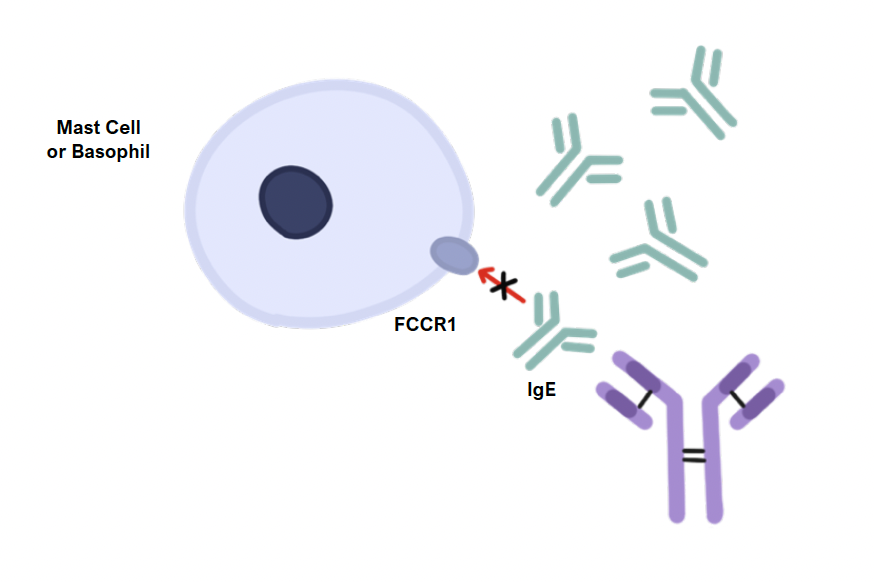Anti-inflammatory Drugs
Anti-histaminergic drugs
There are many drugs which inhibit specific parts of the histamine pathway.
H1 receptor antagonists
These act by blocking the H1 receptor which is Gq coupled.
Therefore, this relieves bronchoconstriction and decreases bronchial secretions.
They are used in cold remedies as well as to relieve symptoms in allergic rhinitis.
Diphenhydramine
A first generation H1 antagonist which is used to treat motion sickness and allergies.
Chlorphenamine
This is most often used in common cold remedies but is also used in anaphylaxis.
Loratadine, cetirizine
These are 2nd generation antihistamines which have reduced lipid solubility.
This gives them poorer CNS penetration and fewer side effects.
Side effects
They cross the blood-brain barrier to cause sedation, loss of appetite and dizziness, although this is usually experienced more with the first-generation antihistamines.
Cause anticholinergic effects, e.g., constipation, nausea, blurred vision
Sodium cromoglycate
This is a mast cell stabiliser which reduces histamine release from mast cells.
It is thought to work by decreasing entry of Ca2+ ions into mast cells, reducing exocytosis of vesicles to prevent histamine release.
It is used in hay fever, typically for relief of eye irritation.
a-Adrenoceptor agonists – Phenylephrine, Pseudoephedrine
These are agonists at the a1 receptor which are given orally or nasal spray.
They act as decongestants by constricting dilated vessels in the nose, and so are used for cold remedies.
Side effects
Tremor
Dizziness
Hypertension
Inhaled Corticosteroids – Beclomethasone, budesonide
These drugs suppress pro-inflammatory cytokines to reduce nasal mucosa inflammation, inhibit mucus secretion and facilitate bronchodilation.
They are given intranasally to localise effects and reduce systemic absorption.
Side effects
Hoarse voice
Increased risk of oral thrush
Common steroid side effects are rarer due to less systemic absorption
Omalizumab
An anti-IgE monoclonal antibody which blocks the binding of free IgE to mast cells.
It is given by subcutaneous injection.
It is used as a treatment for nasal polyps, allergic asthma and chronic spontaneous urticaria (CSU).

Disclaimer




